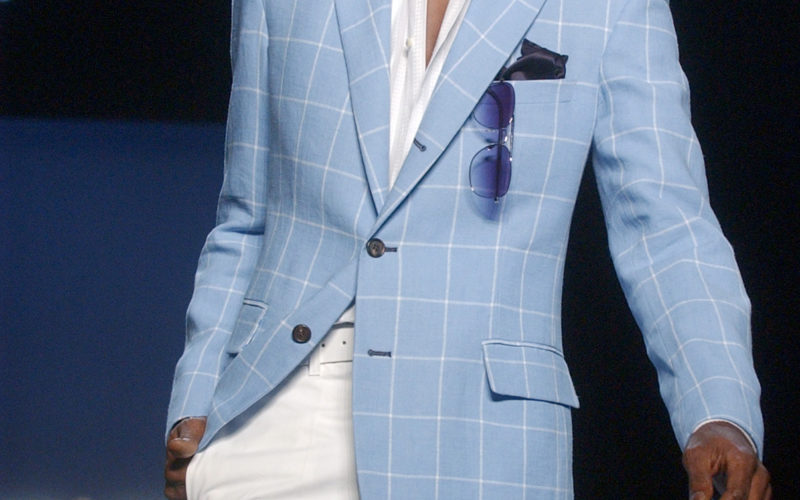Q. I have been reading your column for a long time and have noticed that you seem to have a prejudice against synthetic fabrics. I wonder why?
A. Yes, you are right that I certainly am biased in favor of natural fibers as opposed to man-mades. While there are pros and cons associated with both types, I will explain my concerns particularly with polyester.
Natural fabrics include cotton, linen, silk, wool, and cashmere. Synthetics include an array of man-made fibers that can stand alone or can be used as a percentage in a blend with the naturals.
It depends on which ones are more important to you. The two main reasons people choose clothing that includes synthetics are price and wrinkle-resistance. Nobody likes to iron!
Natural fibers are often chosen by the better clothing manufacturers. (This is also true for the most well-respected and talented designers.) Of course, along with that goes their higher prices. So, if you would rather have more clothes and rotate them more often, it might be your choice to buy things that include a mix with synthetics.
One big advantage of the naturals is that they usually feel softer and better against the skin. I have heard people say, “Wool itches.” This is not true of high-grade wool. The best quality wools, though expensive, can be as smooth as fine cotton. Tailored suits in high-grade wool and high-percentage wool blends not only look better but last longer than suits with a high percentage of synthetic material.
Summer comfort is often tied to wearing natural fabrics. The naturals are effective at keeping you cool in humid weather because of their “wicking” quality. Here, there really is a major difference between the fabrics. Another negative, high polyester content retains perspiration odors.
Pilling is also a problem. It seems to occur more often with man-made fabrics than with all-natural ones.
White garments (and white towels) can present staining problems that are pretty much impossible to remove if the item has even a small percentage of synthetic material. These white items do not respond well to liquid bleach while the same item in 100 percent cotton can often return to its pristine condition when bleached.
While I clearly favor all-natural clothing, I do make an exception when it comes to a small percentage of the “stretch” product, Spandex, when blended with cotton knits and wools. The mixture makes for an especially fine fit.
And finally, a man-made fabric that is unusual is rayon. It is not a natural fiber (that is, one that grows), but it is not petroleum-based (oil-based). It is actually wood-based and behaves more like silk than like polyester. If you find a good-looking rayon shirt, you don’t need to dismiss it automatically from your wardrobe along with the polyesters. But it will need ironing.
Remember, you can always decide to ignore any “rule” you have heard and instead choose something that is synthetic just because you like the feel and you like the look.
Please send your men’s dress and grooming questions and comments to MALE CALL: Lois.Fenton@prodigy.net









